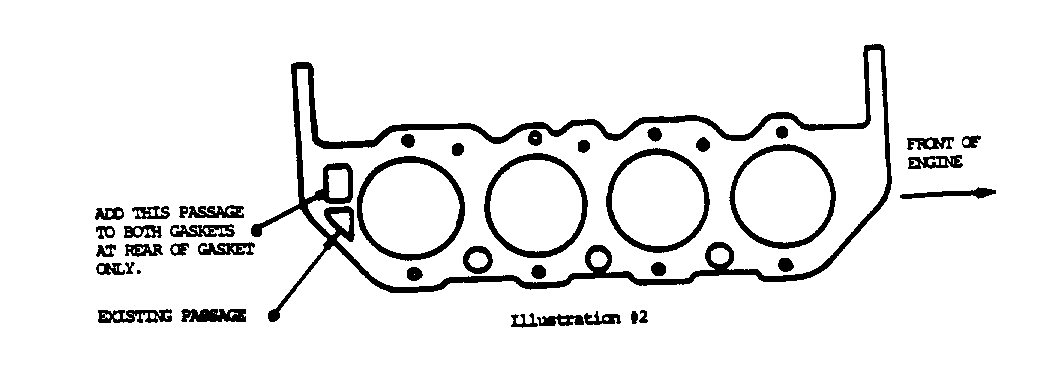OVERHEAT/HIGH TEMPERATURE DIAGNOSIS PROCEDURE

VEHICLES AFFECTED: 1983-84 C/K 20, 30 Chassis and Motor Home Chassis (MHC)
Some 1983-84 C, K models and MHC may experience an engine that runs hot (above 116 DEG C/240 DEG F). There are several possible causes that can create this condition. The following steps should be reviewed to assist in diagnosis and correction.
Overheating conditions can be defined in two types; one type is low speed overheat condition and one type is high speed overheat condition.
A low speed overheat condition is a vehicle that overheats after an extended idle time or a vehicle that has been driven at highway speeds and is returned to low speed operations and overheats.
A high speed overheat condition is a vehicle that does not overheat at idle, however, overheats at highway speeds.
Most low speed overheat conditions are caused by a mechanical problem with the engine, such as casting flash in the engine, malfunctioning water pump, etc.
High speed overheat conditions are most often caused by a problem with the coling system, such as a blocked radiator, or insufficient coolant protection.
LOW SPEED OVERHEAT DIAGNOSIS
1. Check the cooling system for proper operation e.g. thermostat, cooling fan, drive belts, water pump, etc.
2. If cooling system is operating correctly, remove intake manifold.
3. Check coolant passages in cylinder heads for casting flash. If excess casting flash is in the passages then using suitable hand tools and protective devices, remove as much flashing as possible.
4. If the casting flash cannot be adequately removed from the cylinder head passages, the cylinder head will have to be replaced.
5. With the replacement head gaskets a new coolant passage should be added to the gasket to increase coolant flow. Using a drill or a pencil grinder, open up the gasket on the rear passage to match the passage in the block as close as possible. (See Figures 1 and 2).
6. Reinstall cylinder heads and reassemble engine and retest for overheat.
HIGH SPEED OVERHEAT
1. Check to make sure correct radiator is in vehicle, it can be identified by the metal tag on the side tank below the radiator cap. Radiator identification information is provided in your Dealer Parts Book.
2. Flow test the radiator for blockage and check coolant for proper protection.
3. If the radiator is correct and the cooling system is functioning correctly, radiator P/N 3058963 (C/K trucks) or P/N 3058101 (MHC) can be installed to provide enhanced cooling system function.


General Motors bulletins are intended for use by professional technicians, not a "do-it-yourselfer". They are written to inform those technicians of conditions that may occur on some vehicles, or to provide information that could assist in the proper service of a vehicle. Properly trained technicians have the equipment, tools, safety instructions and know-how to do a job properly and safely. If a condition is described, do not assume that the bulletin applies to your vehicle, or that your vehicle will have that condition. See a General Motors dealer servicing your brand of General Motors vehicle for information on whether your vehicle may benefit from the information.
